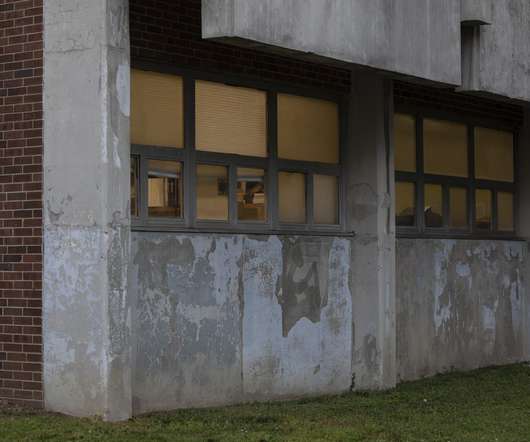OPINION: Four ways that Mississippi is teaching more children to read well
The Hechinger Report
NOVEMBER 20, 2019
Mississippi’s gains came as students in many states did worse in 2019 than they did in 2017 on the National Assessment of Educational Progress (NAEP) — to the disappointment of leaders, educators and parents across the United States. The state proved a bright spot on the most recent Nation’s Report Card. Third, involve other stakeholders.






















Let's personalize your content